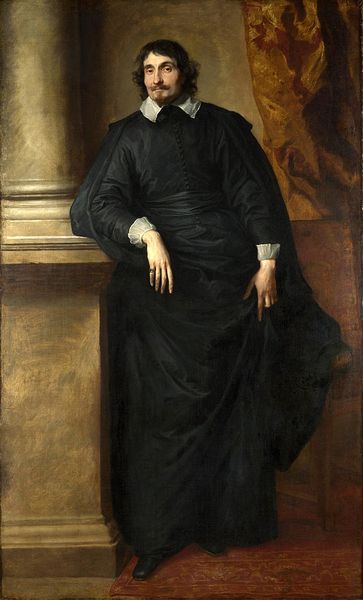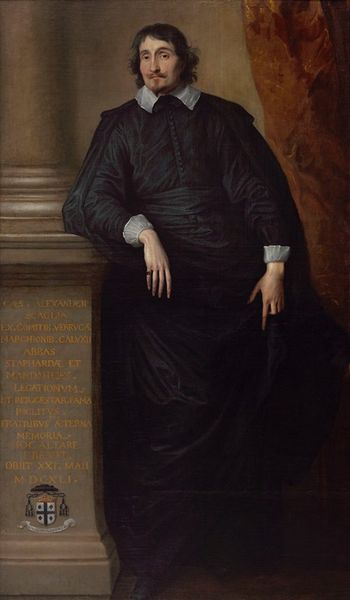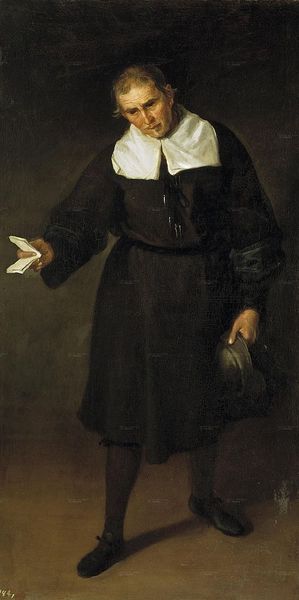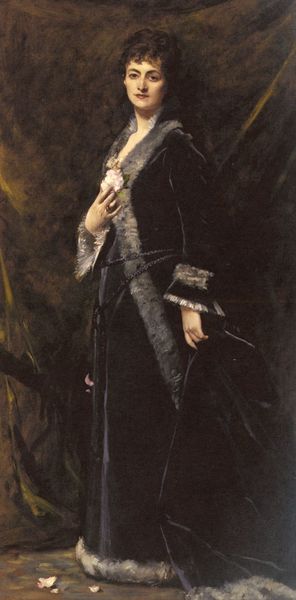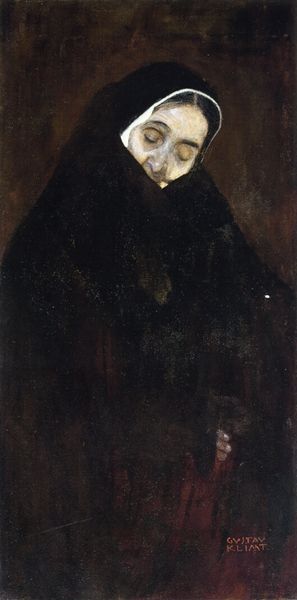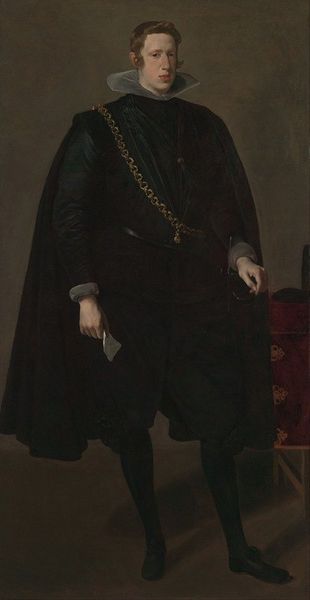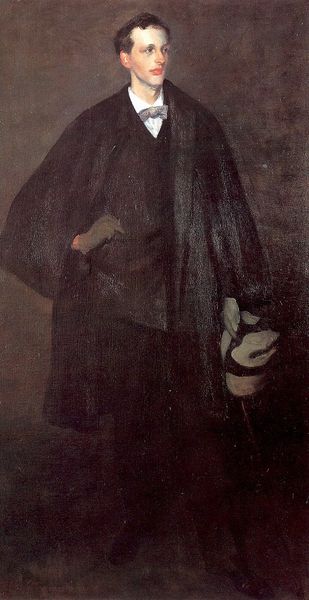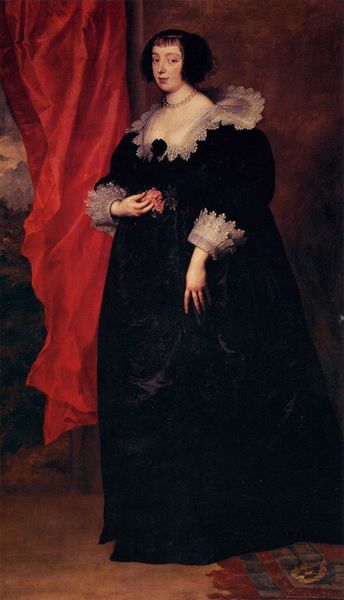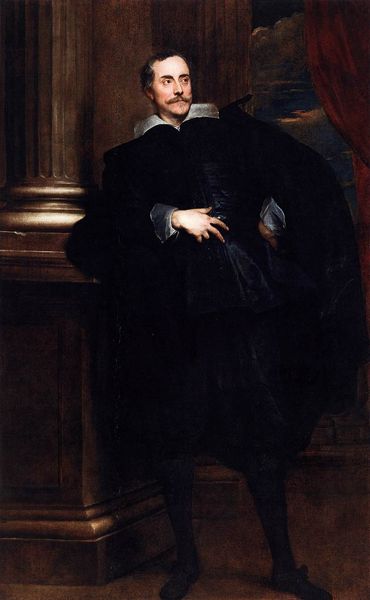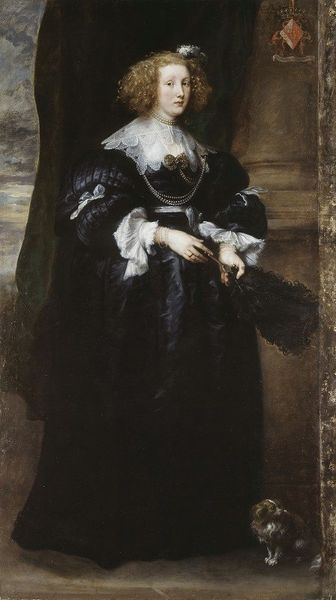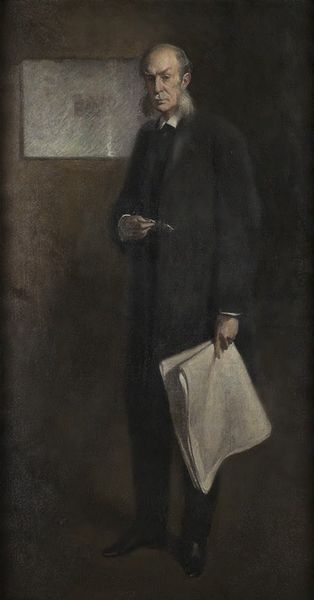
painting, oil-paint
#
portrait
#
figurative
#
baroque
#
portrait
#
painting
#
oil-paint
#
history-painting
Copyright: Public Domain: Artvee
Editor: This is Jusepe de Ribera's "Portrait of a Jesuit Missionary," painted in 1638 using oil. It has a very somber mood overall. The dark color palette definitely contributes to that. How would you interpret this work? Curator: Notice how the almost total darkness acts as a backdrop? This highlights the Jesuit's face and hands. Now, consider the lion – often a symbol of courage, royalty, even resurrection in certain contexts. What happens when *it* looks subdued, almost mournful? Editor: It feels like there's a tension between the expected symbolism and the actual emotion portrayed. The lion *should* be powerful. Curator: Precisely. Ribera, known for his dramatic tenebrism, masterfully inverts expectations. This creates a profound ambiguity. Does the Jesuit possess the strength implied by the lion, or does the lion mirror an inner turmoil, a hidden vulnerability beneath the surface of faith and authority? What message is he trying to convey? Editor: I hadn’t thought about it that way. It really invites you to question the common understanding of those symbols. Curator: Indeed. Also observe how Ribera's dramatic use of light focuses our attention. The face, etched with wisdom and perhaps a hint of melancholy, becomes the focal point. It speaks to the internal struggles inherent in religious devotion. The darkness itself represents not only the earthly world, but also inner trials. It all comes together as a moment frozen in symbolic thought, and what better way to connect us to our own human experience? Editor: This makes me appreciate Ribera’s skill and the work’s multiple layers of meaning even more. Curator: Absolutely. Symbolism holds a lot of cultural baggage and seeing it inverted opens up exciting areas to consider.
Comments
No comments
Be the first to comment and join the conversation on the ultimate creative platform.
